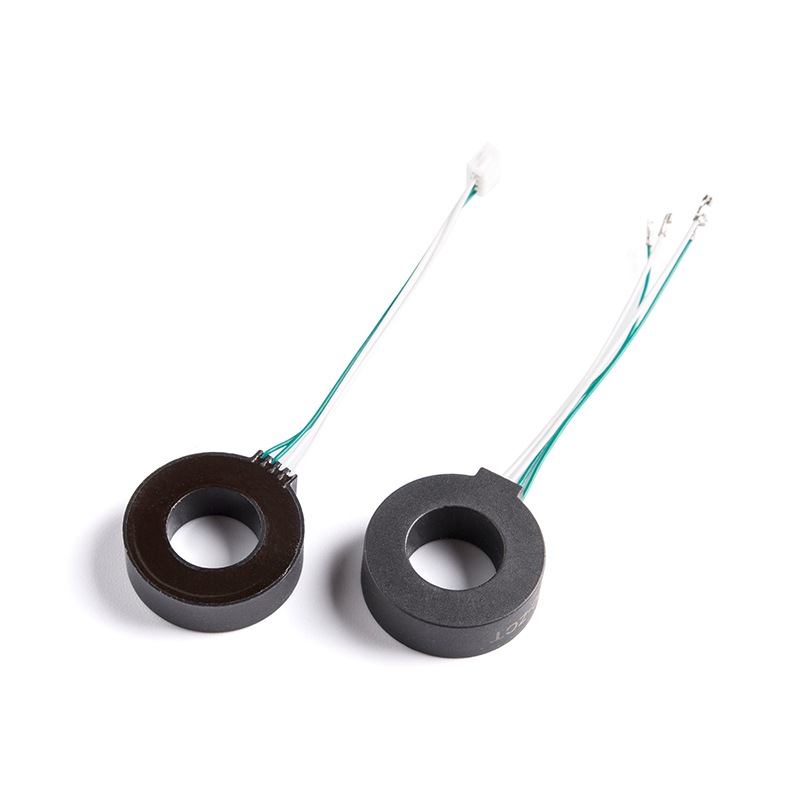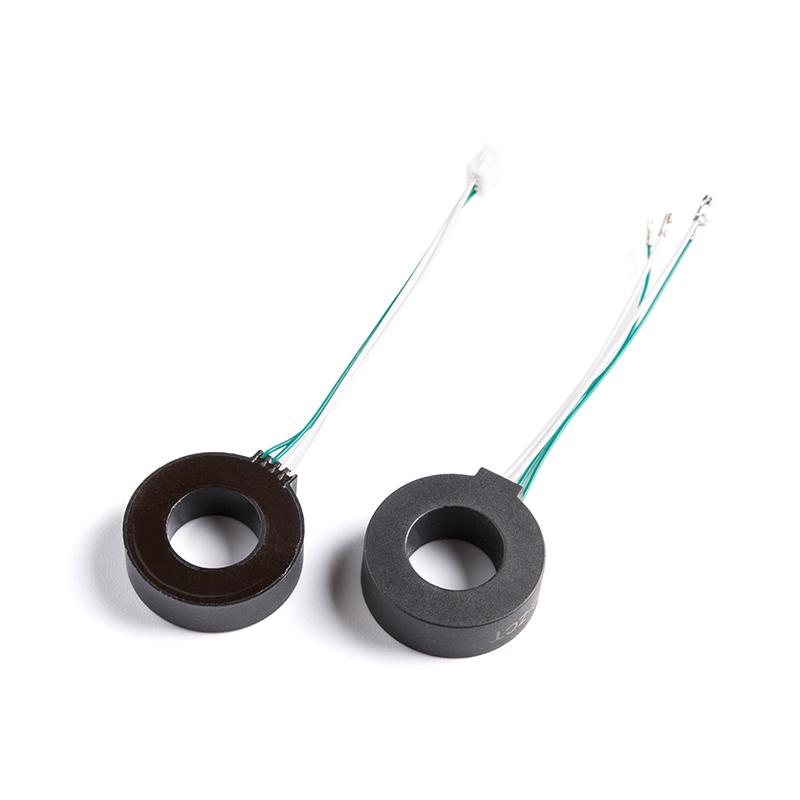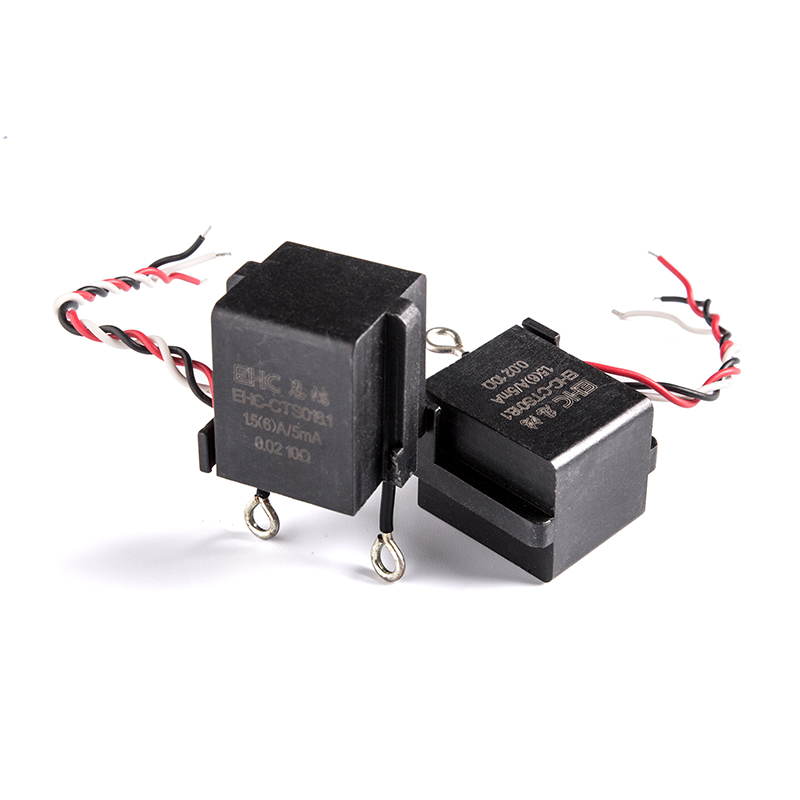Current Transformers (CTs) and Voltage Transformers (VTs), also known as potential transformers (PTs), are both types of instrument transformers used in electrical systems for measurement, protection, and control. While they share some similarities, they are designed to serve distinct purposes based on their inherent characteristics. Here's how current transformers and voltage transformers differ in terms of their design and applications:
Design:
Current Transformers (CTs):
Design: CTs are designed to measure the current flowing through a conductor. They consist of a primary winding, which is connected in series with the current-carrying conductor, and a secondary winding. The secondary winding typically has a much larger number of turns than the primary winding.
Core Material: CT cores are often made of materials with high magnetic permeability, such as iron or silicon steel, to ensure accurate current measurement and magnetic coupling.
Current Ratio: CTs provide a stepped-down current output relative to the primary current. The current ratio is defined by the number of primary turns to secondary turns.
Voltage Transformers (VTs) or Potential Transformers (PTs):
Design: VTs are designed to measure the voltage across a circuit. They have a primary winding connected in parallel to the circuit being measured and a secondary winding.
Core Material: VT cores are also typically made of high permeability materials to ensure accurate voltage measurement and magnetic coupling.
Voltage Ratio: VTs provide a stepped-down voltage output relative to the primary voltage. The voltage ratio is defined by the number of primary turns to secondary turns.
Applications:
Current Transformers (CTs):
Current Measurement: CTs are primarily used for current measurement in power systems. They provide current signals that are proportional to the actual current flowing through the primary conductor. These signals can be used for monitoring, protection, and control purposes.
Protection: CTs play a crucial role in protective relay systems, detecting fault currents and triggering protective devices to isolate faulty sections of the power system.
Metering: CTs are often used in conjunction with instruments like ammeters to measure and monitor the current consumption of loads.
Voltage Transformers (VTs) or Potential Transformers (PTs):
Voltage Measurement: VTs are used to measure voltage in power systems. They provide voltage signals that are proportional to the actual voltage across the primary circuit. These signals are used for monitoring and protection purposes.
Metering: VTs are often employed in voltage measuring devices, such as voltmeters and other instruments used for metering purposes.
Protection: VTs are sometimes used in relay systems to monitor voltage levels and trigger protective actions in case of abnormal voltage conditions.
In summary, current transformers are primarily used for current measurement and protection, while voltage transformers are used for voltage measurement and monitoring. Both CTs and VTs are essential components in electrical systems, contributing to accurate measurements, safe operation, and efficient power distribution.

 English
English 中文简体
中文简体 Deutsch
Deutsch 日本語
日本語

 View More >>
View More >> View More >>
View More >> View More >>
View More >> View More >>
View More >> View More >>
View More >> View More >>
View More >> View More >>
View More >> View More >>
View More >>